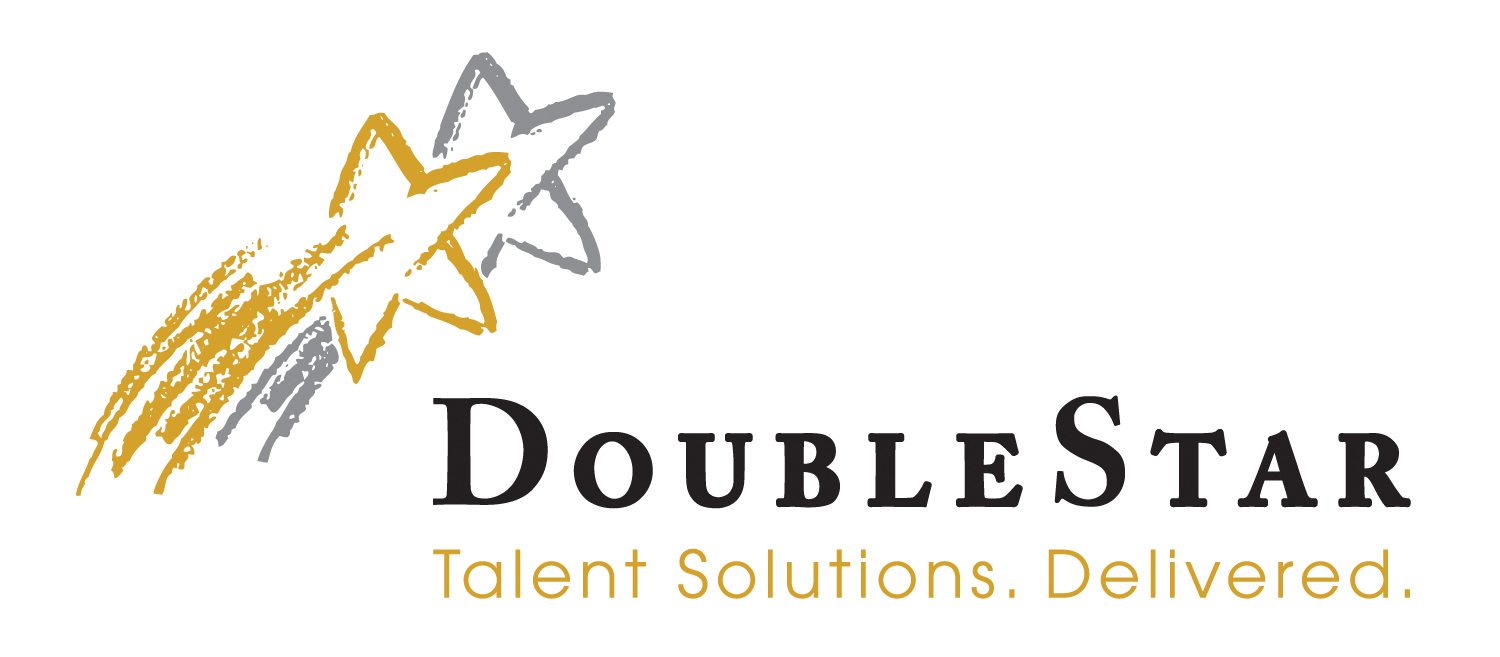What is a nursing vacancy costing your organization?
We all know that nursing is essential to improving the patient experience, but how does it affect your hospital’s bottom line?
Today, the realities of an aging population and an extremely competitive job market, combined with strict professional requirements, mean that nurse vacancies have become harder to fill. Nurse staffing is predicted to be a growing challenge for the foreseeable future.
Though many people understand the benefits of optimized recruitment methods, rarely do they have a concrete measure of their worth. Here, you’ll see how shortening time-to-fill for a position—by as little as 5 percent—can make a significant difference.
Use our simple calculator to help build the case for a better recruitment budget. Or, we can work with you to calculate how vacant nursing positions are impacting your bottom line.
Run the Numbers
Ask your CFO or budget analyst to provide you with the numbers for your organization, or have them help you calculate your situation. If you don’t have any data to report, you can review the national averages.
About Your Hospital/System
Annual Net Operating Revenue:
% of Revenue from RN Care:
Current RN FTEs:
About Your Nursing Situation
Number of RN FTEs to Fill:
% Filled with Traveler/Temp RNs:
Average Annual RN Salary
Average Time-to-Fill an RN Vacancy:
Target % Reduction in Time-to-Fill:
Don’t worry about the formatting in these boxes. Just enter your numbers, and we’ll take care of the formatting.
Results:
A Reduction in time-to-fill will result in a:
positive financial impact.
Calculation Details:
These calculations use your numbers from above. You can continue to change them, and the calculations will update.
Annual Net Operating Revenue × from RN Care = Net Operating Revenue from RN Care per Year
÷ Current RN FTEs = ÷ 365 Days = Daily Revenue per RN FTE
Average Time-to-Fill an RN Vacancy of days × (100% - Goal Reduction in Time-to-fill RN Positions) = days
Daily Revenue per RN FTE × Days (Reduction in Time-to-fill) = Increase in Daily Net Revenue per RN FTE
× RN FTEs to Fill per Year = Annual Net Revenue Increase
Current RN FTEs to Fill × = No. of Vacancies Backfilled
A increase on = Premium Nurse Day Bill Rate
Excess Premium RN Day Rate ( - ) × No. of Vacancies Backfilled = Total Excess Premium RN Day Rate
Average Days to Fill × Reduction in Days to Fill = Days Saved
Days Saved × Total Excess Premium RN Day Rate = Savings Per Recruitment Cycle
Savings Per Recruitment Cycle × Number of Recruiting Cycles Per Year = Annual Savings (Reduced Premium RNs Hours)
Next Steps
Reducing time-to-fill brings a significant and immediate cost savings to healthcare organizations.
To learn how DoubleStar can help you identify target talent pools, engage them in your recruiting process, and build a recruiting asset that will provide you with a consistent pipeline of qualified talent, feel free to connect with us. We’ve helped some of the nation’s leading healthcare providers solve their toughest recruiting challenges, and we are here to help you.

Tony Trasatti
Managing Director, Recruitment Solutions
To learn more or to put our experience to work for you, call Tony Trasatti at 484-557-4117, or request a callback here:
Need Help? Start with the National Numbers:
We developed the formula for calculating lost revenue attributable to nursing care using three national averages as reported by the AHA, Becker’s Hospital Review, John M. Welton of the Medical University of South Carolina College of Nursing, and data provided by AB&C and DoubleStar.
$176,500,000
The national average for hospital revenue. Reported by Becker’s Hospital Review.
86 Days
The average time-to-fill for a nursing vacancy, which is the average across all specialties—as reported by NSI Nursing Solutions.
44% of Revenue from RN Care
We base this number on the average direct patient costs that can be attributed to nurses across an entire organization—as reported by John M. Welton, Medical University of South Carolina, College of Nursing, Charleston, South Carolina.
198 Searches
The typical number of nursing searches performed by an organization per year—based on the average number of open reqs multiplied by number of recruitment cycles in a year as reported by DoubleStar.
792 Full-Time Nurses
The average number of employed nurses per hospital. We used “total employee” data from Becker’s Hospital Review to arrive at our average. Actual numbers vary substantially. For example, the Cleveland Clinic reports that they employ 11,862 nurses, while Thomas Jefferson University Hospitals report that they employ 3,231 full- and part-time nurses.
50%
The average number of RN requisitions backfilled with Travelers or other premium nurses as reported by DoubleStar.
$408
The average RN Day Rate based on a 12-hour shift.
$70,477
The average annual RN salary as reported by Nurse.org, ANA and others.
An Example with National Averages
This example calculation shows how improving an organization’s time-to-fill by just 10% will create a positive financial impact of more than $1.1 million.
Hospital/System Calculation:
$176,500,000 Annual Net Operating Revenue × 44% from RN Care = $77,660,000 Net Operating Revenue from RN Care per Year
$77,660,000 ÷ 792 Current RN FTEs = $98,056 ÷ 365 Days = $269 Daily Revenue per RN FTE
Average Time-to-Fill an RN Vacancy of 85 days × (100% - 10% Goal Reduction in Time-to-fill RN Positions) = 77 days
$269 Daily Revenue per RN FTE × 8 Days (Reduction in Time-to-fill) = $2,152 Increase in Daily Net Revenue per RN FTE
$2,152 × 198 RN FTEs to Fill per Year = $426,096 Annual Net Revenue Increase
Nursing Situation Calculation:
198 Current RN FTEs to Fill × 50% = 99 No. of Vacancies Backfilled
A 50% increase on $408 = $612 Premium Nurse Day Bill Rate
$204 Excess Premium RN Day Rate ($612 - $408) × 99 No. of Vacancies Backfilled = $20,196 Total Excess Premium RN Day Rate
85 Average Days to Fill × 10% Reduction in Days to Fill = 8.5 Days Saved
8.5 Days Saved × $20,196 Total Excess Premium RN Day Rate = $171,666 Savings Per Recruitment Cycle
$171,666 Savings Per Recruitment Cycle × 4.29 Number of Recruiting Cycles Per Year = $736,447 Annual Savings (Reduced Premium RNs Hours)
Positive Financial Impact:
A 10% Reduction in Time-to-Fill would result in a $1,162,543 positive financial impact.
Now you’re ready to calculate your own organization’s revenue lost for these essential nurses.

